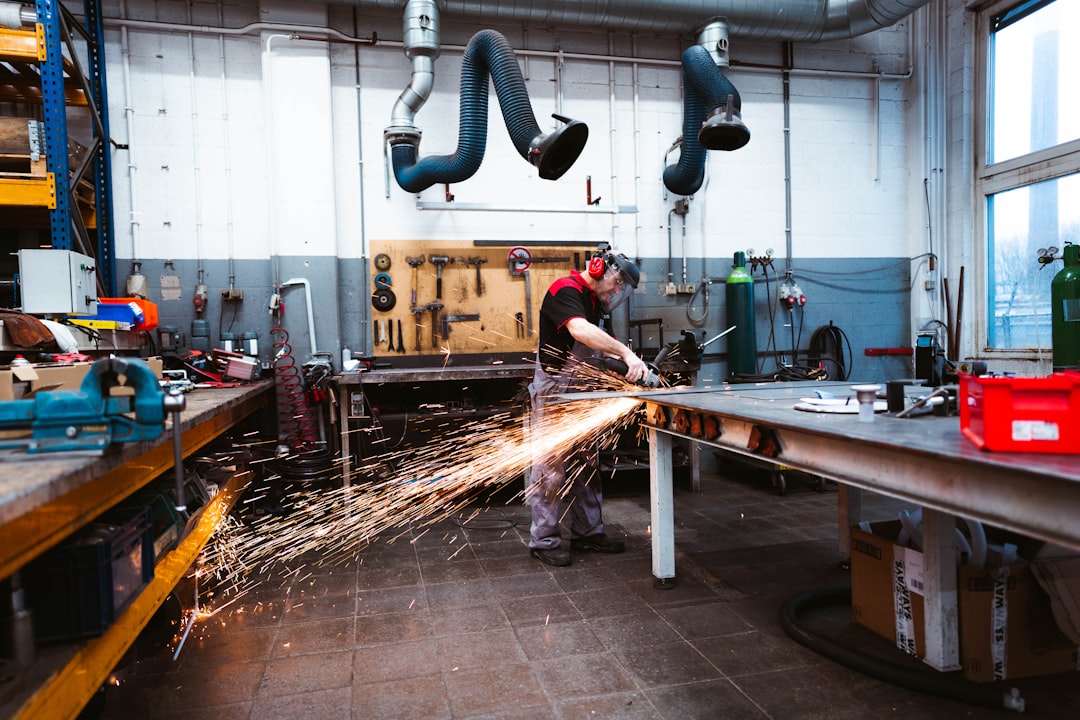body { font-family: sans-serif; line-height: 1.6; }
h1, h2, h3 { color: #333; }
The steel industry, traditionally known for its heavy machinery and complex processes, is undergoing a dramatic transformation thanks to digitalization. From raw material sourcing to final product delivery, technology is reshaping every aspect of steel commerce, leading to increased efficiency, improved transparency, and enhanced customer experiences. This blog post explores the key ways digitalization is forging a smarter future in the steel industry.
Streamlining Supply Chains with Digital Technologies
The steel supply chain is notoriously complex, involving numerous intermediaries and geographically dispersed operations. Digitalization offers powerful tools to streamline this process. Enterprise Resource Planning (ERP) systems integrate various aspects of the business, from order management to inventory control and production planning. Real-time data visibility enables better forecasting, optimized inventory levels, and reduced lead times. Blockchain technology, with its immutable record-keeping, can enhance traceability and transparency throughout the supply chain, improving accountability and reducing the risk of fraud. Furthermore, the Internet of Things (IoT) sensors placed on machinery and transportation assets provide real-time data on location, condition, and performance, enabling predictive maintenance and optimized logistics.
Enhancing Customer Relationship Management (CRM) in Steel Sales
Digital tools are revolutionizing how steel companies interact with their customers. CRM systems allow for personalized communication, targeted marketing campaigns, and efficient order processing. Online portals provide customers with real-time access to order status, inventory levels, and pricing information, fostering greater transparency and trust. Data analytics derived from CRM systems provide valuable insights into customer behavior, enabling steel companies to tailor their products and services to meet specific needs. This personalized approach not only strengthens customer relationships but also improves customer retention and loyalty.
Leveraging Data Analytics for Improved Decision-Making
The sheer volume of data generated throughout the steel supply chain presents a significant opportunity for improved decision-making. Data analytics tools can sift through this data to identify trends, patterns, and anomalies that might otherwise go unnoticed. Predictive analytics, for example, can help steel companies forecast future demand, optimize production schedules, and anticipate potential supply chain disruptions. This data-driven approach enables proactive management of risks, improved resource allocation, and ultimately, increased profitability. Machine learning algorithms can further enhance this process by identifying complex relationships within the data, leading to even more refined predictions and insights.
Improving Operational Efficiency Through Automation
Automation plays a crucial role in boosting operational efficiency within the steel industry. Robotics and automated guided vehicles (AGVs) are increasingly being deployed in steel mills and processing plants, automating tasks such as material handling, welding, and quality control. This not only increases productivity and reduces labor costs but also improves safety by minimizing human exposure to hazardous environments. Furthermore, the integration of automation with digital systems enables real-time monitoring and control of processes, allowing for rapid adjustments and optimization based on real-time data. This level of precision and control is simply not achievable through traditional manual methods.
Embracing Digital Transformation for Sustainable Steel Production
Digitalization is not just about efficiency and profitability; it’s also crucial for driving sustainability in the steel industry. Digital tools can help optimize energy consumption, reduce waste, and minimize environmental impact. By monitoring energy usage in real-time and identifying areas for improvement, steel companies can significantly reduce their carbon footprint. Predictive maintenance, enabled by IoT sensors, can minimize equipment downtime and reduce the need for resource-intensive repairs. Furthermore, digital platforms can facilitate the sharing of best practices and technological advancements across the industry, accelerating the adoption of sustainable technologies and fostering a more environmentally responsible approach to steel production.
The digital transformation of the steel commerce industry is still in its early stages, but its potential is immense. By embracing these new technologies and adapting to the changing landscape, steel companies can create a more efficient, sustainable, and profitable future.
SEO-Friendly Tags:
- Digitalization in Steel
- Steel Industry Technology
- Steel Supply Chain Optimization
- Data Analytics in Steel
- Sustainable Steel Production




